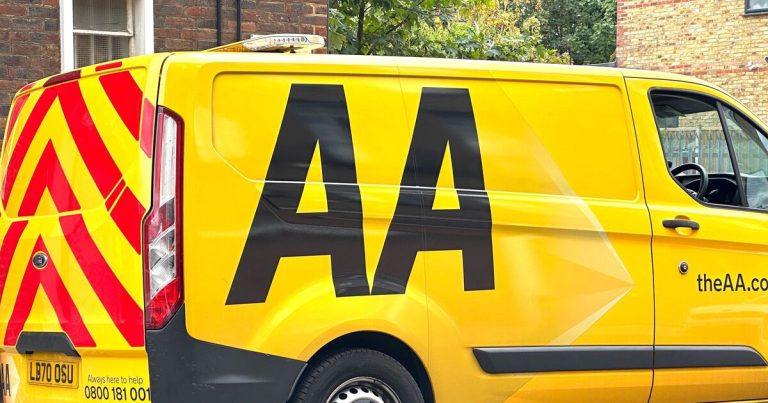
With interest rates expected to stay higher for longer and the tax bands remaining frozen until 2028, consumers now face a cavernous savings tax trap – however, there may be ways to avoid this.
The tax burden is set to rise to a post-war high of 37.7 percent of GDP, new figures show.
Over the next five years, it’s expected that four million more people will be pushed into paying tax and a further three million will be pushed into the higher rate tax band.
However, an expert has shared six ways for savers to try and beat this tax trap and avoid being pushed into a higher bracket.
Laith Khalaf, head of investment analysis at AJ Bell explained that as well as higher interest rates, the taxman’s haul is being boosted by the lowering of the threshold for paying the top rate of tax to £125,140, which drags more people into the tax band where they lose their Personal Savings Allowance altogether.
Cash ISAs
These are an “obvious port of call” for those seeking to shelter their savings from tax. The downside of this approach has always been that people usually have to accept a slightly lower interest rate than on a standard savings account, but for many the implications of not sheltering their interest from tax probably now far outweigh the haircut they take on the headline return.
Premium Bonds
Interest from Premium Bonds is also that it is tax-free, however, the pooled interest is not shared equally so people may end up with more or less than the advertised rate. However, two people have the chance to win £1million each month.
Stocks and shares ISAs
Mr Khalaf explained Stocks and Shares ISAs are perhaps a “surprising way of reducing your interest rate tax bill” because people can invest in money market funds within these tax shelters and get back generous yields thanks to rising interest rates.
The interest paid on these funds is tax-free if held within a Stocks and Shares ISA, but investors do need to factor in fund management and platform charges when comparing with other options.
Gilty pleasures
Mr Khalaf continued: “We’ve also seen investors using short-dated, low coupon gilts to minimise tax. Most of the quoted yield from these investments comes from an appreciation of the price of the gilt between now and maturity, rather than from interest payments.
“Gilts aren’t subject to capital gains tax, so some investors have been turning to these instruments instead of cash to minimise the tax they pay.”
However, it should be noted that Gilts and complicated and better suited to more experienced investors.
Buddy up
Some couples may also be able to make use of something called Marriage Allowance, where a low earner with an income below the Personal Allowance of £12,570 can transfer up to £1,260 of that Personal Allowance to a higher earning spouse or civil partner, which could help them shelter cash interest from tax.
Sharing out cash assets smartly between spouses or civil partners can also be a good way to reduce one’s tax bill as a couple.
This might not mean simply dividing it down the middle though, as each partner may fall into a different tax bracket, which affects both the level of their Personal Savings Allowance, and the rate of tax they pay on interest above that.
Smart fixing
Savers can also use fixed-term savings accounts to mitigate their tax affairs. This is because some fixed-term accounts only pay out at the end of the term, and so they can defer the receipt of your interest, and hence the tax.
Mr Khalaf said: “This might be particularly useful if you know you are going to drop down a tax band next year, perhaps because you’re retiring, and therefore the interest you receive later rather than sooner will be taxed less heavily.
“Some fixed term accounts pay out interest more regularly though, so as ever, it pays to be on your toes.”
Britons are urged to speak to a financial advisor for more information.






